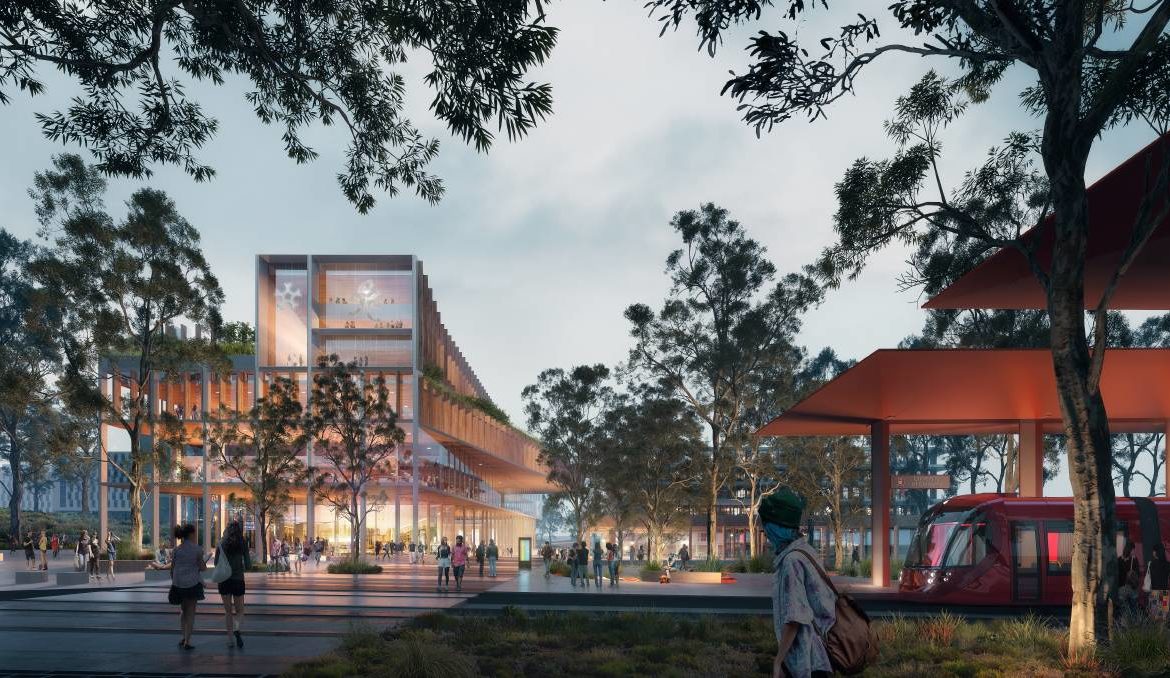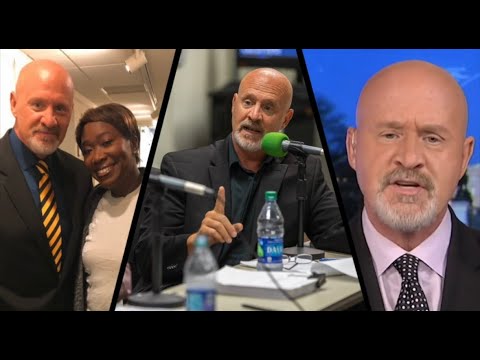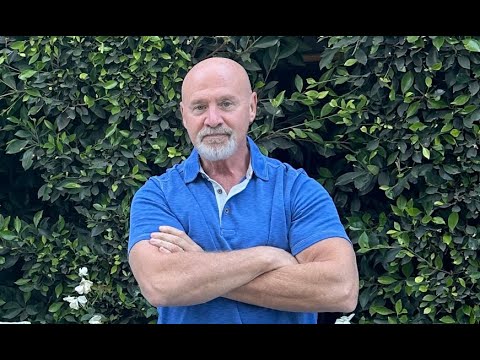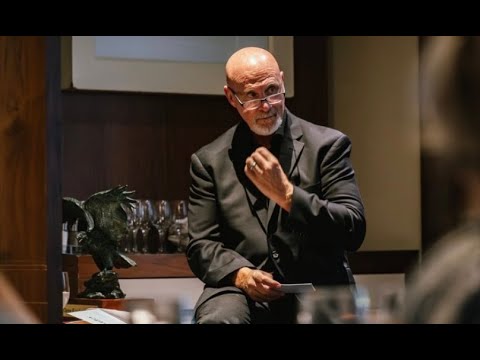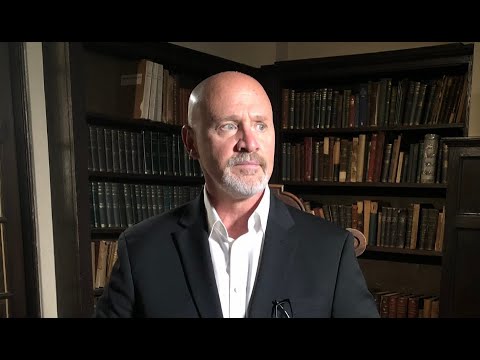news, education,
Light rail and a new indoor sports centre form the centrepiece of the University of Canberra’s ambitious 20-year campus master plan revealed on Thursday. The concept design for the Bruce campus includes a light rail hub which would link the city to the Belconnen town centre via the university. A new world-class indoor sports centre would have mixed-use courts and spectator seating. However, the plan remains uncosted as the university begins the search for co-investors to turn the vision into reality. University of Canberra vice-chancellor Professor Paddy Nixon said the institution would be lobbying the ACT government to extend the light rail line to Belconnen as part of phase three of the rollout. “It’s aspirational. That’s where we believe it should go and we will be engaging quite carefully … to build up that perspective within government,” Professor Nixon said. “That said, it’s quite clear that the ACT is committed to a proposition from Belconnen to the city centre so going through the campus actually would make a lot of sense.” The master plan includes a statement gateway building on Hayden Drive to clearly mark the entrance of the campus. A 10-hectare University Park and a Belconnen Boulevard pathway would connect the campus to Lake Ginninderra and beyond. A series of outdoor multi-use courts would be dotted along the pedestrian pathway. Retail, hospitality and start-up business hub spaces would be integrated throughout the campus. Professor Nixon said commercial offerings were important to keep up with the expectations of students and staff. “Even the simple things, for example anywhere in Civic or in fact around Canberra you can find really nice coffee shops with good coffee and an inviting experience. If we don’t offer that on campus, why would you come for something that less than you can get in your community?” The future campus would accommodate 12,000 residents, 15,000 students and about 18,000 workers in businesses and enterprises. Professor Nixon said the current plans for new arena would not be to the scale of the closed AIS Arena but that the university was open to adapting to the needs of the Canberra community. “There’s absolutely an unmet demand for a sporting capacity,” he said. “It would double up as a [sport] venue but also for things like graduations at the university, it would be wonderful to have those on campus and we need to scale for that.” The long-term plan includes a compact primary school and an aged care facility on site where students would be able to put their theory into practice. Professor Nixon said the school would have built-in observation rooms and smaller classrooms designed to help educate the educators. “In terms of compact primary school, what we’re really looking at there is something that’s architecturally interesting and really challenges the traditional view of what a primary school should look like.” READ MORE: The new central resources hub would be a library of the future, featuring more informal learning spaces and fewer book stacks. The university wouldn’t do away with physical books, but they might be stored off-campus for students to order on-demand. Over the next six months the university will run an expression of interest process to find partners, such as research companies, developers, commercial operators and government, to co-invest in the first stages. The vice-chancellor said the aim would be to get the first projects off the ground in the next 12 to 18 months. In the meantime, the university will be putting its own funds into developing the University Park. Professor Nixon said the University of Canberra had weathered the financial impacts of COVID-19 better than other universities and had not cut full-time jobs during the economic downturn. The institution reduced its leave liability, saved money on expenses like travel, and focused on building new revenue streams. The university income was boosted by the development of UC Pro short courses and new online courses. He recently told staff that no redundancies were in the foreseeable future. Professor Nixon said while this year was still tough for universities because of the lack of new international students, it was the right time to reveal this ambitious master plan. “Launching this at this point so that we can start to build the proposition for next year I think is a very sensible thing to do,” he said. Our journalists work hard to provide local, up-to-date news to the community. This is how you can continue to access our trusted content:
/images/transform/v1/crop/frm/33pRA5ArzT57tWtt8VHHenS/fa83cea1-3a75-46f7-ab05-bb9f959c6f88.jpg/r0_149_5000_2974_w1200_h678_fmax.jpg
Light rail and a new indoor sports centre form the centrepiece of the University of Canberra’s ambitious 20-year campus master plan revealed on Thursday.
The concept design for the Bruce campus includes a light rail hub which would link the city to the Belconnen town centre via the university. A new world-class indoor sports centre would have mixed-use courts and spectator seating.
However, the plan remains uncosted as the university begins the search for co-investors to turn the vision into reality.
University of Canberra vice-chancellor Professor Paddy Nixon said the institution would be lobbying the ACT government to extend the light rail line to Belconnen as part of phase three of the rollout.
“It’s aspirational. That’s where we believe it should go and we will be engaging quite carefully … to build up that perspective within government,” Professor Nixon said.
“That said, it’s quite clear that the ACT is committed to a proposition from Belconnen to the city centre so going through the campus actually would make a lot of sense.”
The master plan includes a statement gateway building on Hayden Drive to clearly mark the entrance of the campus.
A 10-hectare University Park and a Belconnen Boulevard pathway would connect the campus to Lake Ginninderra and beyond. A series of outdoor multi-use courts would be dotted along the pedestrian pathway.
Retail, hospitality and start-up business hub spaces would be integrated throughout the campus.
Professor Nixon said commercial offerings were important to keep up with the expectations of students and staff.
“Even the simple things, for example anywhere in Civic or in fact around Canberra you can find really nice coffee shops with good coffee and an inviting experience. If we don’t offer that on campus, why would you come for something that less than you can get in your community?”
University of Canberra vice-chancellor Paddy Nixon reveals the 20-year campus master plan. Picture: Keegan Carroll
The future campus would accommodate 12,000 residents, 15,000 students and about 18,000 workers in businesses and enterprises.
Professor Nixon said the current plans for new arena would not be to the scale of the closed AIS Arena but that the university was open to adapting to the needs of the Canberra community.
“There’s absolutely an unmet demand for a sporting capacity,” he said.
“It would double up as a [sport] venue but also for things like graduations at the university, it would be wonderful to have those on campus and we need to scale for that.”
The long-term plan includes a compact primary school and an aged care facility on site where students would be able to put their theory into practice.
Professor Nixon said the school would have built-in observation rooms and smaller classrooms designed to help educate the educators.
“In terms of compact primary school, what we’re really looking at there is something that’s architecturally interesting and really challenges the traditional view of what a primary school should look like.”
The new central resources hub would be a library of the future, featuring more informal learning spaces and fewer book stacks. The university wouldn’t do away with physical books, but they might be stored off-campus for students to order on-demand.
Over the next six months the university will run an expression of interest process to find partners, such as research companies, developers, commercial operators and government, to co-invest in the first stages.
The vice-chancellor said the aim would be to get the first projects off the ground in the next 12 to 18 months.
In the meantime, the university will be putting its own funds into developing the University Park.
Professor Nixon said the University of Canberra had weathered the financial impacts of COVID-19 better than other universities and had not cut full-time jobs during the economic downturn.
The institution reduced its leave liability, saved money on expenses like travel, and focused on building new revenue streams. The university income was boosted by the development of UC Pro short courses and new online courses.
He recently told staff that no redundancies were in the foreseeable future.
Professor Nixon said while this year was still tough for universities because of the lack of new international students, it was the right time to reveal this ambitious master plan.
“Launching this at this point so that we can start to build the proposition for next year I think is a very sensible thing to do,” he said.
Our journalists work hard to provide local, up-to-date news to the community. This is how you can continue to access our trusted content:

